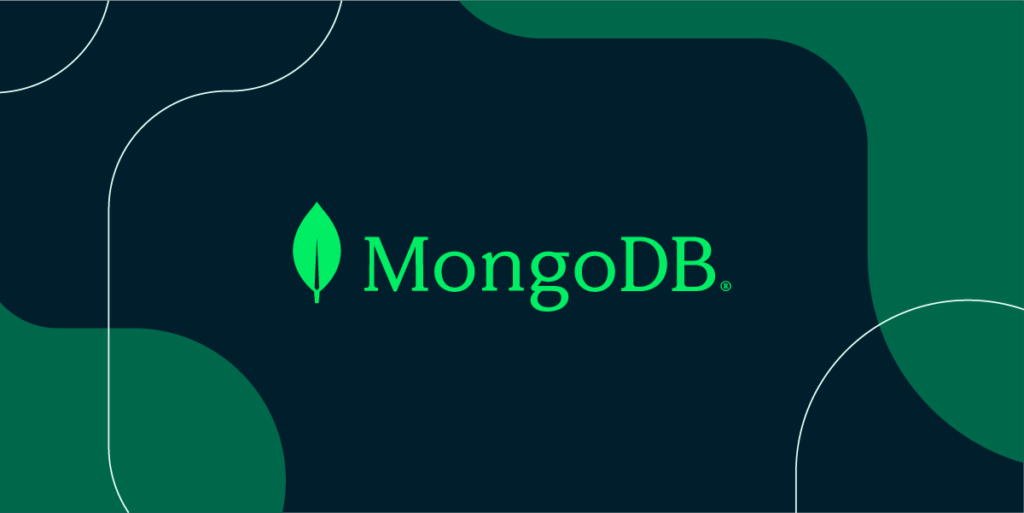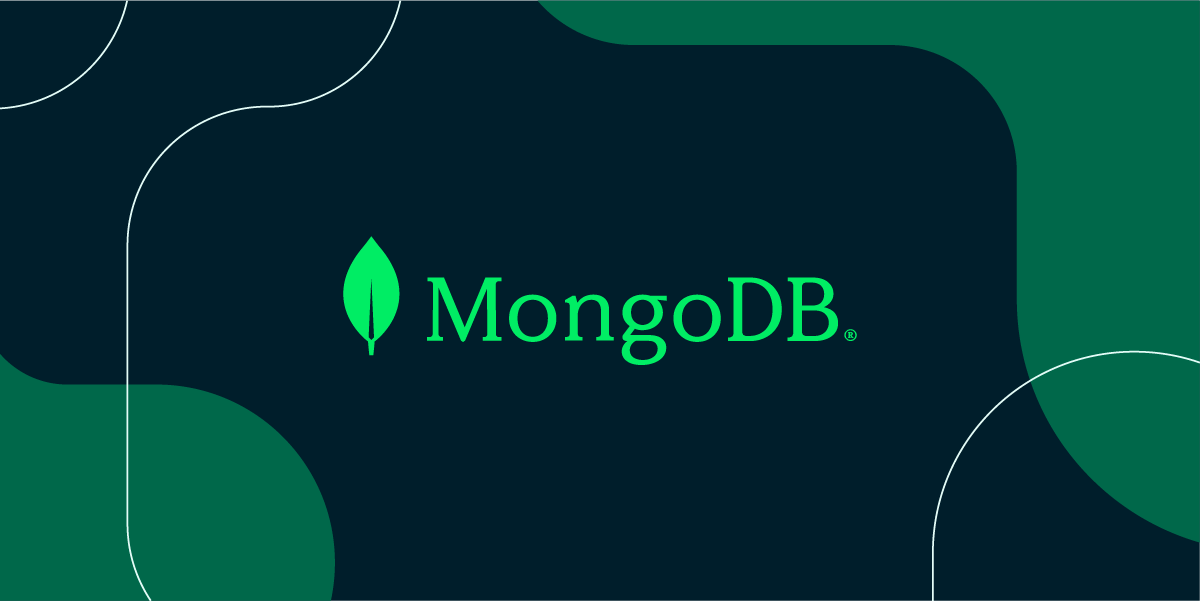Mastering MongoDB Schema Design: Navigating One-to-N Relationships

Mastering MongoDB Schema Design: Navigating One-to-N Relationships
Introduction
“I have lots of experience with SQL and normalized databases, but I’m just a beginner with MongoDB. How do I model a one-to-N relationship?” This is one of the more common questions I get from users attending MongoDB office hours.
I don’t have a short answer to this question, because there isn’t just one way, there’s a whole rainbow’s worth of ways. MongoDB has a rich and nuanced vocabulary for expressing what, in SQL, gets flattened into the term “One-to-N.” Let me take you on a tour of your choices in modeling One-to-N relationships.
Modeling One-to-Few Relationships
An example of “one-to-few” might be the addresses for a person. This is a good use case for embedding. You’d put the addresses in an array inside of your Person object:
{
name: 'Kate Monster',
ssn: '123-456-7890',
addresses : [
{ street: '123 Sesame St', city: 'Anytown', cc: 'USA' },
{ street: '123 Avenue Q', city: 'New York', cc: 'USA' }
]
}
This design has all of the advantages and disadvantages of embedding. The main advantage is that you don’t have to perform a separate query to get the embedded details; the main disadvantage is that you have no way of accessing the embedded details as stand-alone entities.
Modeling One-to-Many Relationships
An example of “one-to-many” might be parts for a product in a replacement parts ordering system. Each product may have up to several hundred replacement parts, but never more than a couple thousand or so. This is a good use case for referencing. You’d put the ObjectIDs of the parts in an array in the product document.
// Part document
{
_id : ObjectID('AAAA'),
partno : '123-aff-456',
name : '#4 grommet',
qty: 94,
cost: 0.94,
price: 3.99
}
// Product document
{
name : 'left-handed smoke shifter',
manufacturer : 'Acme Corp',
catalog_number: 1234,
parts : [
ObjectID('AAAA'), // reference to the #4 grommet above
ObjectID('F17C'), // reference to a different Part
ObjectID('D2AA')
]
}
You would then use an application-level join to retrieve the parts for a particular product.
Modeling One-to-Squillions Relationships
An example of “one-to-squillions” might be an event logging system that collects log messages for different machines. This is the classic use case for “parent-referencing.” You’d have a document for the host, and then store the ObjectID of the host in the documents for the log messages.
// Host document
{
_id : ObjectID('AAAB'),
name : 'goofy.example.com',
ipaddr : '127.66.66.66'
}
// Log message document
{
time : ISODate("2014-03-28T09:42:41.382Z"),
message : 'cpu is on fire!',
host: ObjectID('AAAB') // Reference to the Host
}
Conclusion
In this blog post, we’ve explored the nuanced approaches to modeling one-to-N relationships in MongoDB, from embedding to referencing and beyond. By understanding the different scenarios and their trade-offs, you can design efficient, scalable schemas that meet the needs of your data-driven applications.







